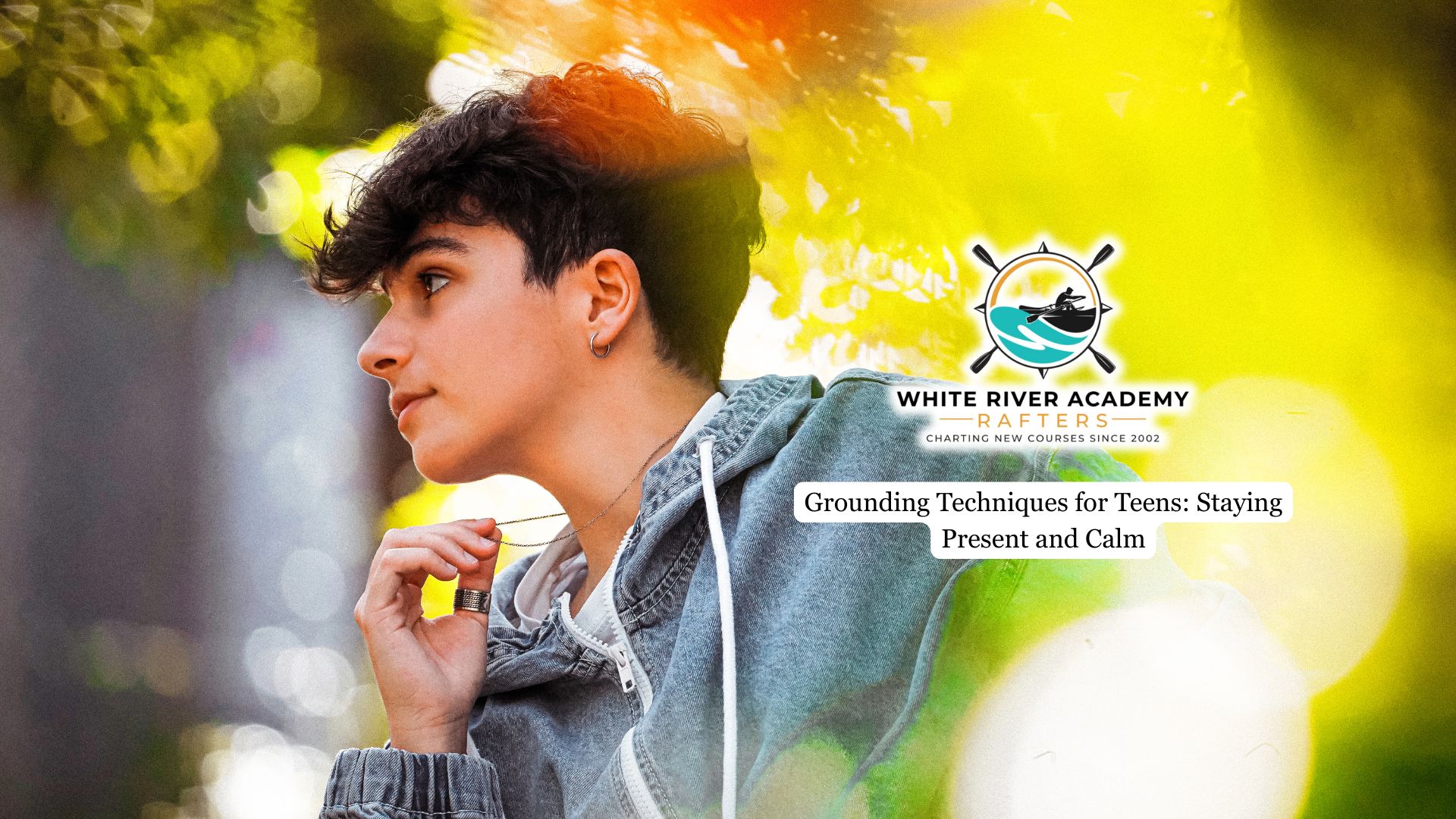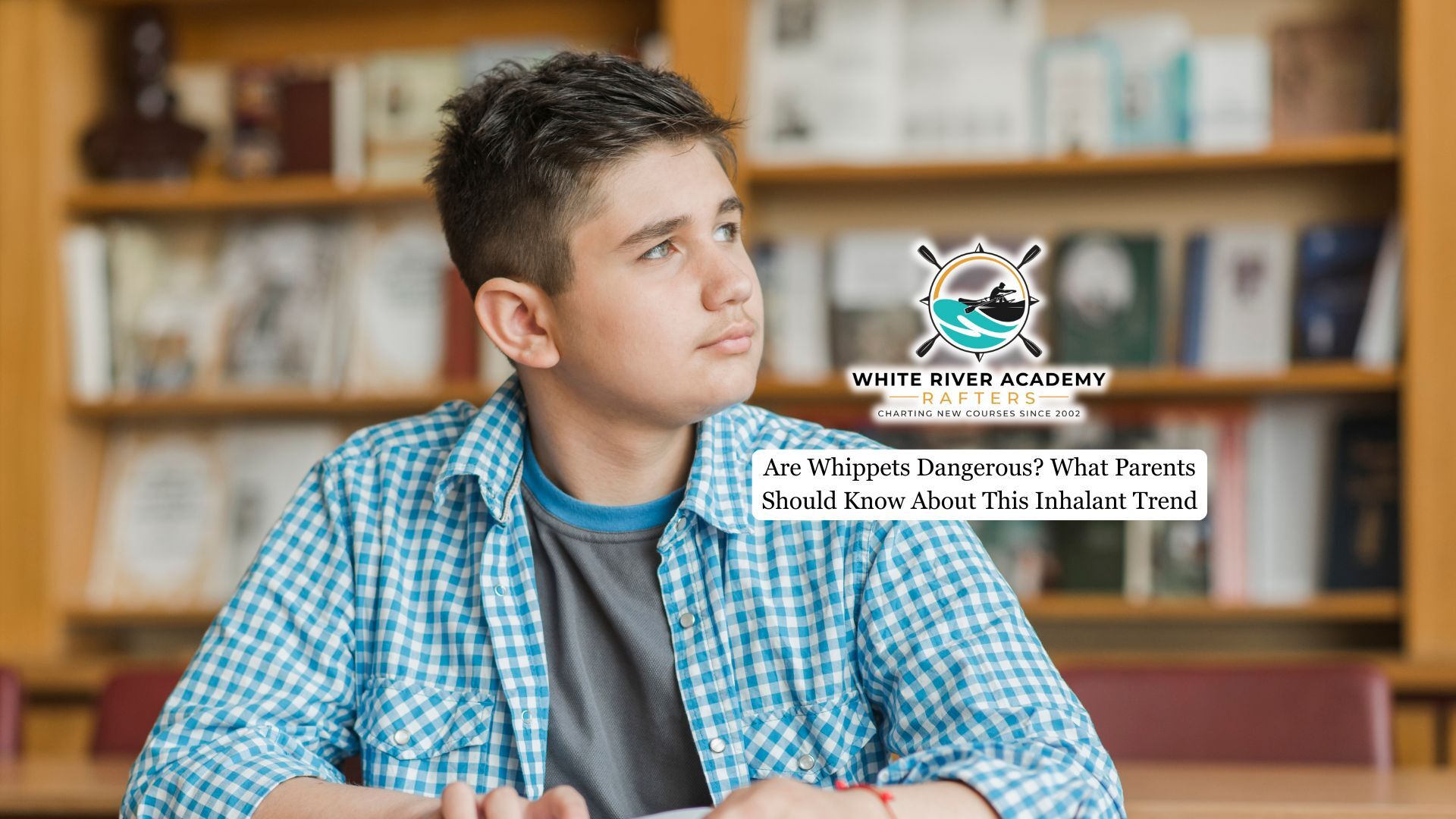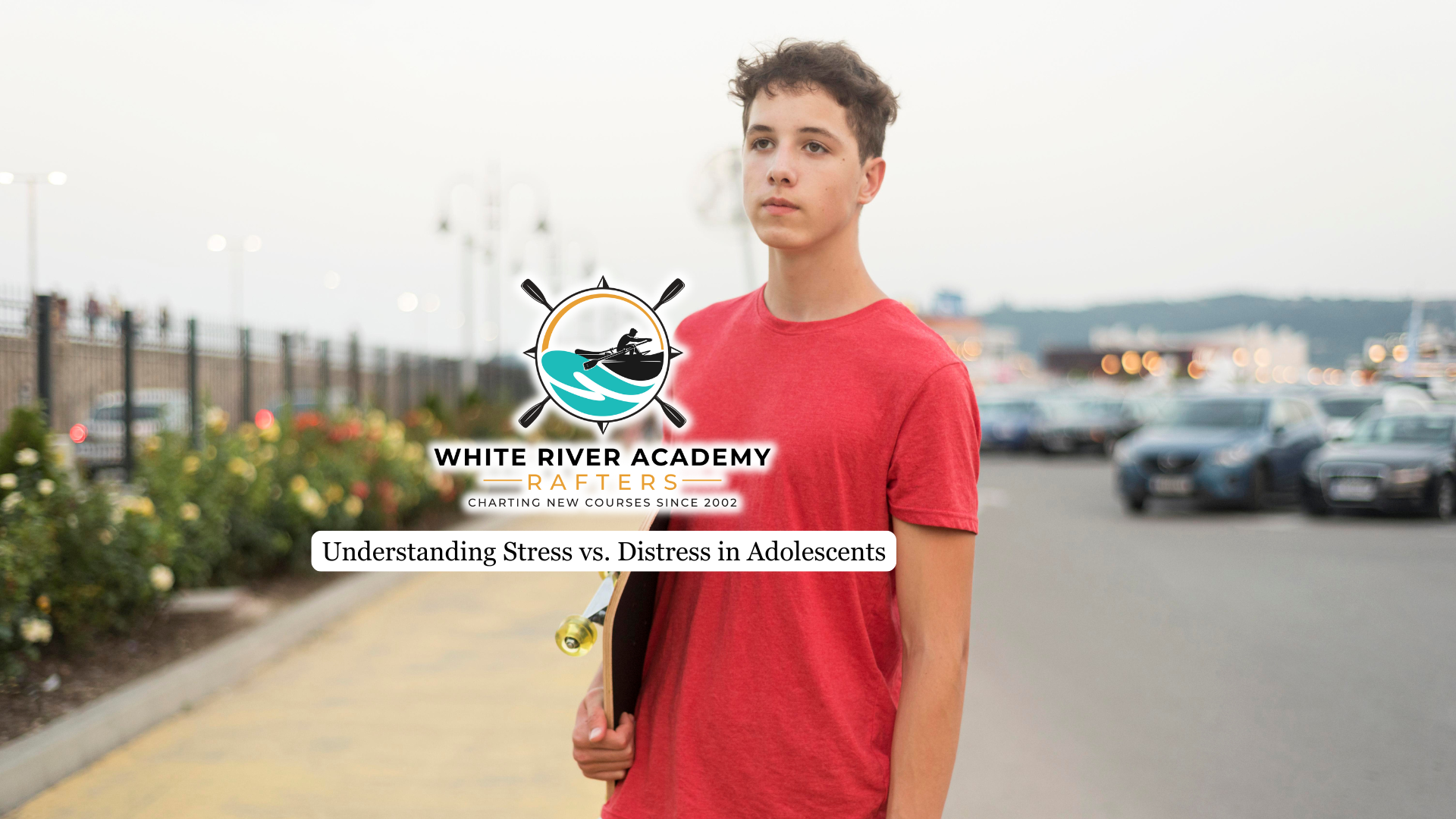Adolescence is often marked by emotional changes, academic pressures, and social challenges that can make it difficult to manage stress effectively. Grounding techniques use sensory awareness, focused breathing, visualization, and physical movement to help teens regulate emotions and maintain stability during stressful situations.
This article teaches teens how to apply these grounding strategies in daily life to build resilience, reduce anxiety, and stay calm under pressure.
The 5-4-3-2-1 Sensory Grounding Method
This method is a simple, portable exercise using the five senses to bring focus away from distressing thoughts. It slows the nervous system’s fight-or-flight response by rooting awareness in the present through sensory input.
How to Practice:
- 5 things you see – really look at details like colors or shapes.
- 4 things you touch – textures, temperatures, and surfaces.
- 3 things you hear – ambient sounds, nearby noises.
- 2 things you smell – even subtle scents count.
- 1 thing you taste – water, gum, or lingering flavors.
This method is especially helpful for adolescents struggling with anxiety or emotional overwhelm, which is why White River Academy’s troubled teens program in Utah integrates sensory grounding to help adolescent boys manage stress efficiently and develop lasting coping skills.
Deep Breathing Exercises
Intentional breathing patterns can regulate stress and anxiety, helping teens feel more in control during overwhelming moments. Breathing deeply sends a calming signal to the body, easing physical tension and slowing racing thoughts.
One effective technique is 4-4-6 breathing, where you inhale for four seconds, hold for four seconds, and then exhale for six seconds.
Other variations, such as the 4-7-8 breath, box breathing, alternate nostril breathing, or five-finger breathing, can also provide a quick and effective way to restore balance and calm.
Physical Grounding Techniques
This method involves engaging physical senses or motion to reconnect with the body and the environment. Physical sensations provide direct connection to “now,” shifting attention from mental spirals to bodily awareness.
Simple actions, such as plunging hands into warm or cold water, feeling the temperature difference, or holding an object and focusing on its texture and color, can immediately shift attention away from anxious thoughts.

Teens can also stomp their feet firmly, clench and release their fists, stretch their muscles, or rub their palms together to create sensation. For a more active approach, mindful walking, jumping jacks, or yoga poses like child’s pose and legs-up-the-wall can help release built-up tension while anchoring focus in the present.
Mental Grounding Techniques
Mental grounding involves redirecting the mind through cognitive tasks and visualization. These activities engage the logical mind, pulling attention away from emotional distress and into structured thought.
Examples:
- Name categories – e.g. cereals, animals, colors.
- Recite known facts – alphabet, counting to 10, or doing it backward.
- Visualize a happy place – immerse all senses: sound, sight, texture.
- Memory games – look at a busy image, then recreate it mentally.
Soothing Grounding Techniques
Soothing grounding focuses on calming emotions through self-kindness and comfort. Teens can repeat affirmations such as “I am safe,” “This moment will pass,” or “I am strong” to reassure themselves during stressful times.
Listening to music, paying attention to specific instruments or lyrics, or enjoying comforting scents like lavender or citrus can also create a sense of calm. Many teens benefit from connecting with nature, whether by sitting in the grass, walking barefoot, or taking a few deep breaths outdoors.
Creative outlets such as journaling, drawing, or crafting offer another way to release emotions while staying grounded. These soothing practices not only provide comfort in the moment but also help build resilience over time.
| Technique Type | Best For | Tip for Teens |
| Sensory Grounding | Overwhelmed by thoughts or environment | 5-4-3-2-1 is versatile and quick |
| Deep Breathing | Physical tension or anxiety | Pair with favorite calming word |
| Physical Grounding | Feeling disconnected or jittery | Keep a small object for fidget use |
| Mental Grounding | Stuck in negative thinking | Carry category ideas to repeat |
| Soothing Grounding | When needing emotional comfort | Create “calm kits” with scents, music, affirmations |
How to Integrate Grounding into Daily Life
- Practice regularly, even when calm. Familiarity makes them easier under stress.
- Build a personal toolbox: a playlist, scent, stress ball, journal.
- Encourage variety—different techniques work better depending on the moment.
- Reflect afterwards: how did the technique affect feelings or thoughts?
Final Thoughts from White River Academy
Grounding techniques are valuable tools for helping teens manage anxiety and remain present during times of stress. By practicing methods such as deep breathing, sensory engagement, mindfulness, visualization, movement, and journaling, adolescents can strengthen emotional regulation and resilience. Incorporating these strategies into daily routines not only reduces distress but also promotes long-term mental well-being.
At White River Academy, grounding exercises are an essential part of our troubled teen boys program in Utah. We use these techniques to help young men develop healthier coping skills, manage overwhelming emotions, and build the stability they need for lasting recovery and personal growth.




